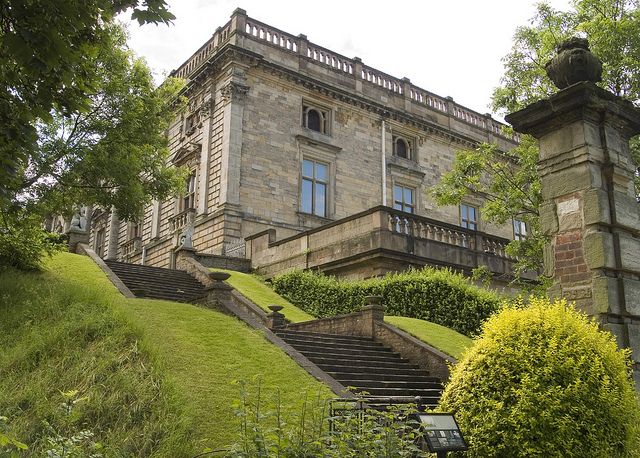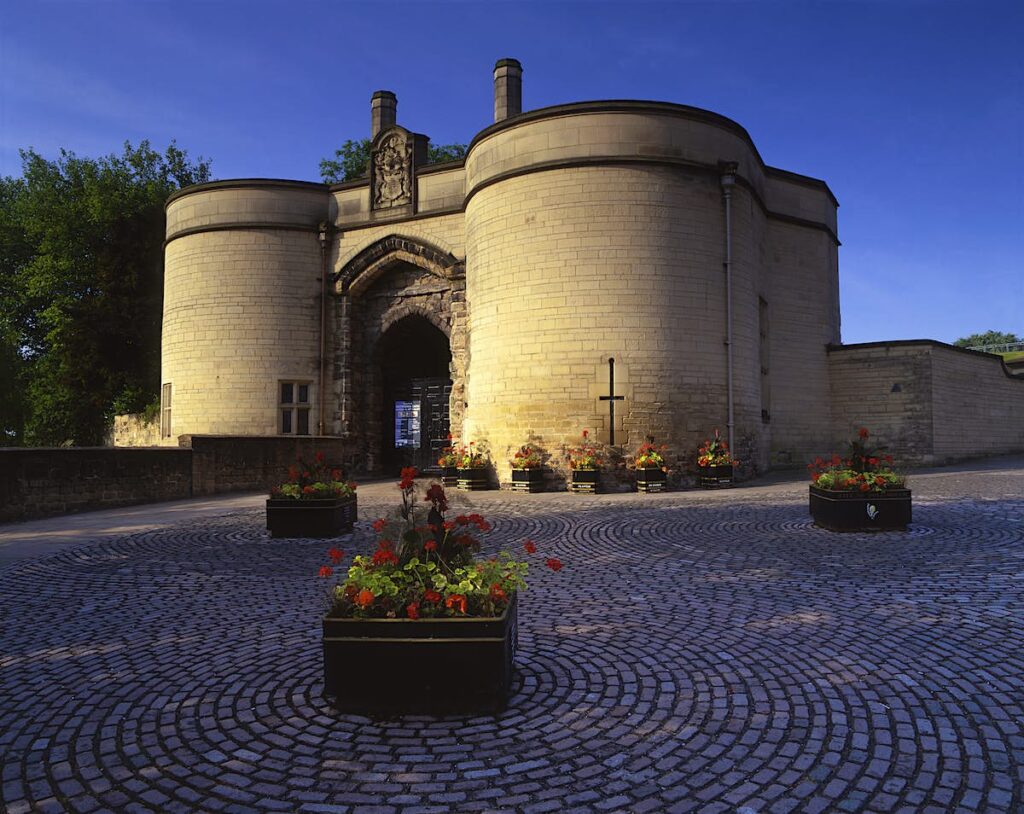By Peter Makossah
The rejuvenated heritage treasure, the Nottingham Castle, which recently underwent into a massive £30 million revamp, will have its glorious gates swung open this coming June after being closed in 2021, if the councillors give the plans to reopen the go-ahead next week.
Nottingham City Council has set out plans, which will see Nottingham Castle fully in June this year if councillors agree to the plans.
The City Council’s Portfolio Holder for Leisure, Culture & Planning, Councillor Pavlos Kotsonis, said: “We know there is a lot of love for Nottingham Castle and we were all devastated when it closed last year. We committed to looking at ways to reopen the castle as soon as possible after Nottingham Castle Trust went into liquidation and handed the site back to us.
“This report recommends a way to do that by using the expertise of the council’s well-established Museums and Galleries service, which has previously run the site and has the skills, specialist knowledge and cultural partnership connections to quickly mobilise and successfully animate the site with a programme of activities.”
Added Councillor Pavlos Kotsonis: “It is important to get this right and officers have worked tirelessly to achieve that, I am proud of the work done.”
City’s key historical site
Under the proposals, the council will take the operation of the castle site back into its Museums and Galleries service, which will run it alongside other heritage sites such as Newstead Abbey and Wollaton Hall.
Mojatu Online understands that if approved, it will mean that with some preview events planned from as early as May, local people as well as visitors from across the UK and beyond will once again be able to enjoy the city’s key historical site and that the castle can resume making its contribution to the wider local economy estimated to be valued at £12m to £14m.

A report, which Mojatu Online has seen, to be considered by the council’s Executive Board on Tuesday 21 March outlines other options, including mothballing the site and initially only reopening the grounds.
The option to fully reopen, however, is being recommended for approval, with up to £2.1m earmarked in the council’s medium-term financial plan for its operation over the next three financial years.
If the recommendation is approved next week, it will trigger an activation period of around three months to recruit and train staff and set up any systems and processes needed for fully reopening the castle.
Therefore, it is proposed that there will be start-up activities from May in the grounds to give people the opportunity to rediscover the site ahead of full reopening.
An important royal fortress
Further details about the proposed programme of activities and pricing structure would follow if a decision is taken to reopen.
Alongside the reopening, it is proposed to undertake a lessons learned exercise as part of an assessment into how to best operate the castle.
Nottingham City Council believes this will help inform future decisions around what would provide the council with the delivery model for the site that allows for the best experience for all visitors.
According to the council, the decision is being taken after the castle closed last November following the external operator Nottingham Castle Trust declaring itself insolvent and all the features of the redeveloped site will be available to visitors under the council’s proposals.
Until its closure for refurbishment in July 2018, the ducal mansion was in use as a museum and art gallery.
Since reopening it continues to house most of the City of Nottingham’s fine and decorative art collections, galleries on the history and archaeology of Nottingham and the surrounding areas, and the regimental museum of the Sherwood Foresters.
Nottingham Castle is a Stuart Restoration-era ducal mansion in Nottingham, England, built on the site of a Norman castle built starting in 1068, and added to extensively through the medieval period, when it was an important royal fortress and occasional royal residence.

In decline by the 16th century, the original castle, except for its walls and gates, was demolished after the English Civil War in 1651.
The site occupies a commanding position on a natural promontory known as “Castle Rock” which dominates the city skyline, with cliffs 130 feet (40 m) high to the south and west.
William Cavendish, 1st Duke of Newcastle, started to build the mansion in the 1670s; it was completed by his son, the 2nd Duke of Newcastle.
This ducal palace was burnt by rioters in 1831, then left as a ruin until renovated in the 1870s to house an art gallery and museum, which remain in use.
Little of the original castle survives other than the gatehouse and parts of the ramparts, but sufficient portions remain to give an impression of the layout of the site.
The castle is owned by Nottingham City Council.
Tripling of energy costs
After a £30 million restoration from 2018, running of the site was undertaken by independent charitable Nottingham Castle Trust with reopening on 21 June 2022.
The castle closed again on 21 November 2022 when the trust went into liquidation owing the council £2.68 million, with all employees made redundant by the joint-administrators.
Nottingham Castle and its grounds closed to the public in 2018 to undergo largescale redevelopments.
The closure was much longer than anticipated due to the COVID-19 pandemic and cost £30 million and a new visitor centre was created together with exhibition galleries, interactive displays, a children’s adventure area in the old castle moat themed on Robin Hood’s era and a showcase of local industries including Nottingham Lace.
On 1 June 2021, Nottingham City Council handed over responsibility for running the castle to the independent, charitable Nottingham Castle Trust.
The castle reopened on 21 June 2021.
Soon after re-opening, in late August 2021 the Castle Trust received negative reviews on Tripadvisor with criticism of the £13 adult entrance charge being too high; entry to the grounds had previously been without charge or at “a nominal payment” for Nottingham City residents.
The charge was criticised by a local ghost tour operator as likely to be counter-productive to the new café revenue, with local visitors effectively barred from the grounds by the admission price.
The trust was also criticised for the way it handled an alleged racist incident in the grounds, and staff published an open letter alleging a “toxic culture” and being “gaslit” around concerns about racism and misogyny.
Two trustees stepped down in September 2022 after pressure from external groups over their handling of the racist incident and other governance issues at the castle.
On 21 November 2022, the Castle Trust announced that it was in the process of appointing liquidators and that the castle grounds and exhibitions would be closed to visitors until further notice.
The site was returned to the council, which announced that they would reopen it as soon as possible.
The trust said that the failure was due to the covid pandemic in the UK from 2020, the later financial crisis, and the tripling of energy costs going into the quietest trading period of the year.
In addition to the restoration costs of £30 million covered by major grants, in late November 2022 it was revealed that the Castle Trust itself had debts to the council of £2.68 million in operating cost loans.
Additionally, a non-charitable limited company providing services within the grounds was part of the insolvency, and all of the staff were made redundant by 30 November 2022.
“It is important to get this right and officers have worked tirelessly to achieve that, I am proud of the work done.”
Councillor Pavlos Kotsonis




